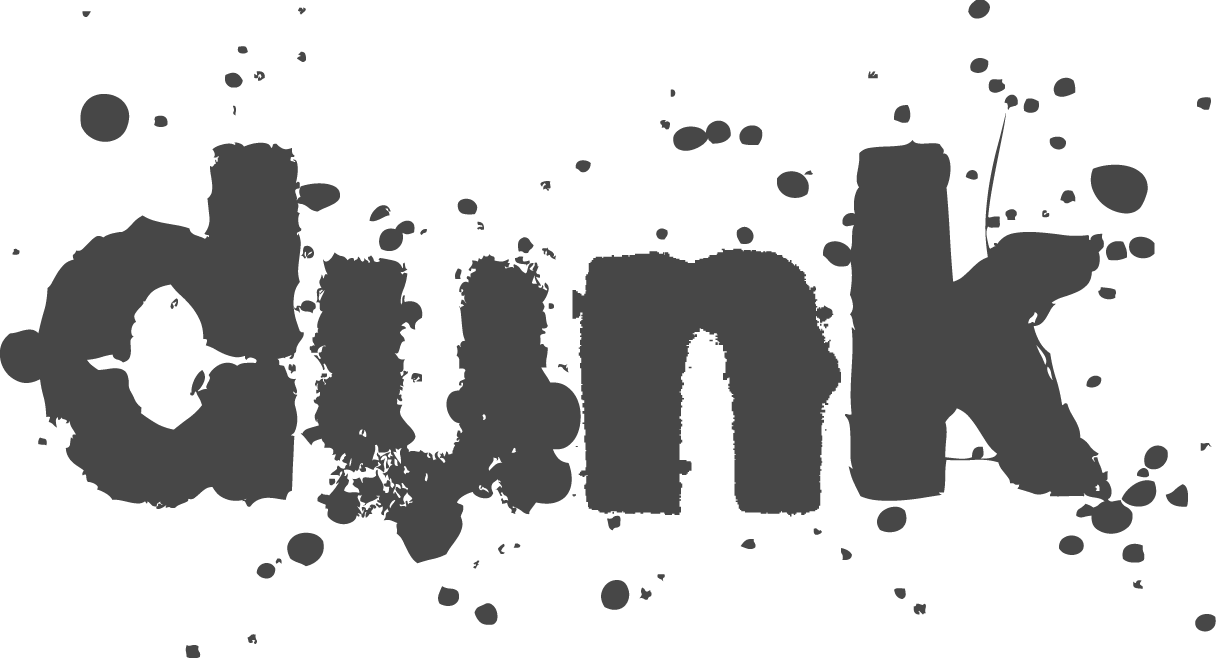The Difference Between Lacquer and DMM
The vinyl production process starts with the creation of a DMM (Direct Metal Master) or lacquer? This is where the submitted master files are transferred onto a master disc. While lacquer is the traditional process for creating master discs (mostly used from the 1940’s), DMM is a newer technique invented in the 1970’s.
In the case of DMM this master disc is made of copper. The grooves will be created directly onto the copper surface with a special cutting stylus. A lacquer disc however is made of an aluminum disc with a layer of lacquer on top. This layer is softer than the DMM surface which is one of the important differences in charachtertics. Because of the softer layer the groove tends to ‘bounce back’ a little bit as the cutting stylus moves on.
Another difference caused by the material of this master disc is that the DMM is made of conductive copper that can be used to make stampers in one step while lacquers need to be coated with a silver layer to guide electricity during the stamper creation process. This means lacquers imply an extra step in the stamper process with an extra chance for mistakes.
When starting from DMM this disc can go straight to the stamper bath and produce a first stamper for vinyl production. And a second and third or even more if needed. Usually without losing quality. A lacquer on the other hand loses quality with each stamper being created. This means you sometimes have to go back to the lacquer production if you need another stamper, bringing in extra costs and chances on different sounding vinyl records because it’s a new cutting. However, this problem can be avoided when creating a family of stampers from one lacquer. This means the stamper process involves creating an extra stamper generation and sometimes even a third (referred to as mother, father and son stampers) if the order sizes are bigger.
And what about the sound? In short, it’s slightly different. Lacquers have the more typical warm vinyl sound but can also have more (also typical) noise while DMM’s usually sound cleaner and brighter. In the end it’s more a subjective preference and of course the skills of the master engineers working on the specific project also have an important influence on the sound quality.
At dunk!pressing we are mostly using DMM because of the longer lifespan and our preference in sound characteristics. But for smaller orders we tend to offer lacquer cutting instead where we create only one (maybe two) stampers from the lacquer disc. This means it’s a little bit cheaper for small orders (that can be produced with just one stamper set) when opting for lacquers. For bigger order sizes (and more difficult vinyl color configurations), where a second stamper is probably needed, we usually go for DMM, allowing us to re-order extra stamper sets without losing sound quality or needing to go back to the lacquer studio for new lacquers.
So in conclusion, lacquer and DMM have their own subtle nuances and characteristics but it usually comes down to ones personal preference. There’s no winner in this comparison. However, at dunk!pressing we prefer DMM because of their longer lifespan and brighter and cleaner sound.

